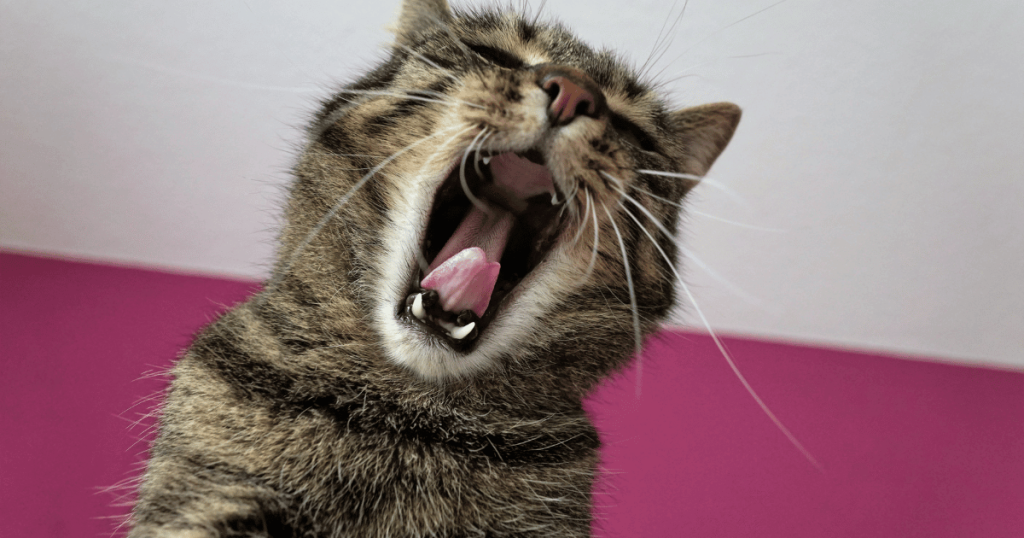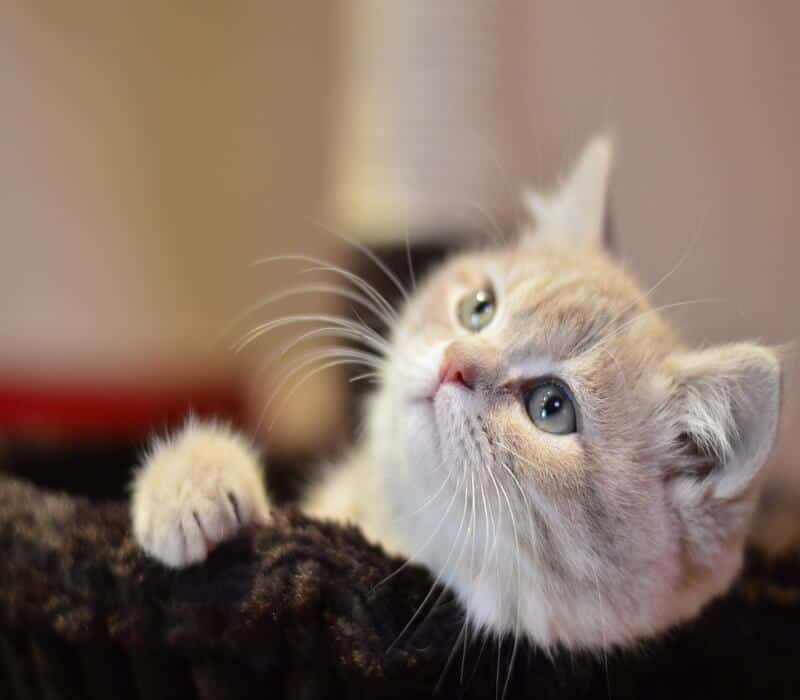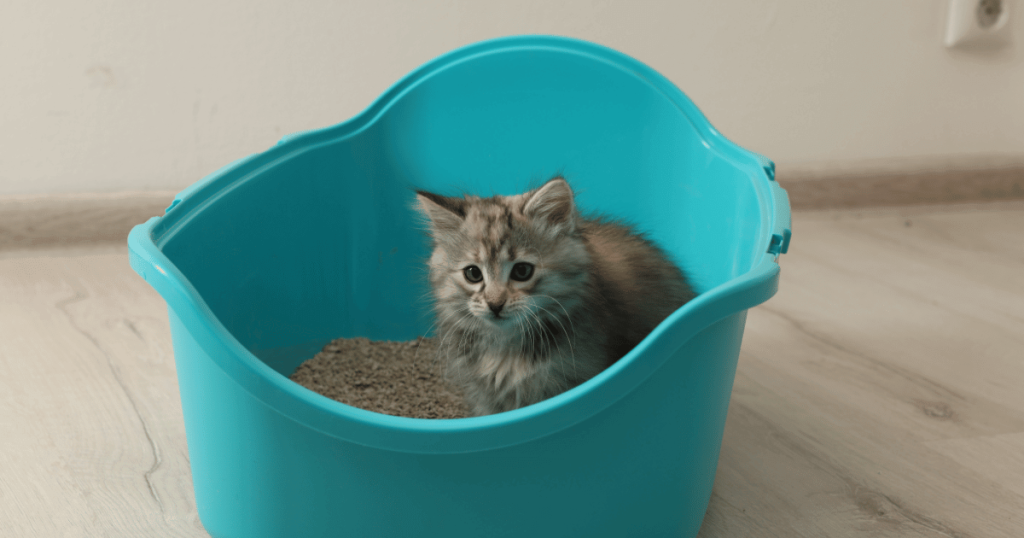
Adopting a cat brings joy and companionship, but it also comes with the challenge of helping your new furry friend adjust to their home, particularly when it comes to litter box training.
In this article, we’ll guide you through practical and effective tips to ensure your adopted cat not only uses their litter box but feels comfortable doing so.
Let’s dive into these cat-friendly strategies for a happy, well-adjusted pet.
Key Takeaways:
- Size and type of the litter box matter, with a preference for a box that’s one and a half times the cat’s length.
- The litter box’s location should be quiet and low-traffic, away from loud appliances and in a space where the cat doesn’t feel cornered.
- Using unscented, fine-grained litter is preferred, as heavily scented litters can overwhelm cats, especially those adapting to a new environment.
- Regular cleaning of the litter box is essential, including daily waste removal and monthly litter changes, to keep the area inviting and monitor the cat’s health.
- Gentle introduction to the litter box without forcing the cat is key, allowing them to explore and get comfortable at their own pace.
- Initially limiting the cat’s access to a smaller area including the litter box helps them locate and remember the box, providing a sense of security during their adjustment period.
Choose the Right Litter Box
When introducing an adopted cat to your home, one of the first steps is ensuring they have a comfortable and suitable litter box.
The choice of litter box plays a significant role in encouraging your cat to use it.
Select a Size-Appropriate Box
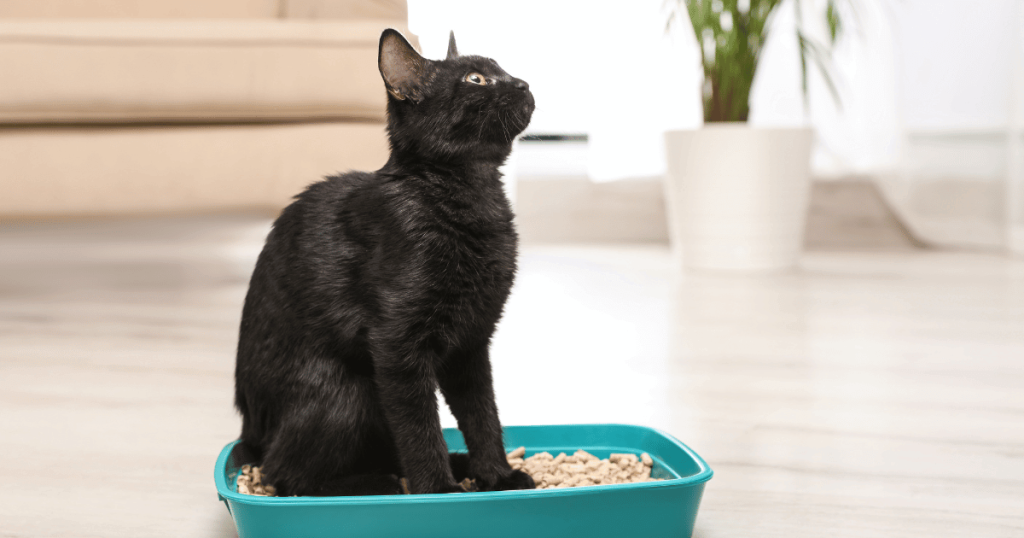
Cats need enough space to move around in their litter box comfortably.
A good rule of thumb is to choose a box that is at least one and a half times the length of your cat (from nose to the base of the tail). This space allows them to turn around, dig, and cover their waste without feeling cramped.
For kittens, make sure the sides aren’t too high for them to climb over easily.
Consider the Cat’s Preference for Covered or Open Boxes
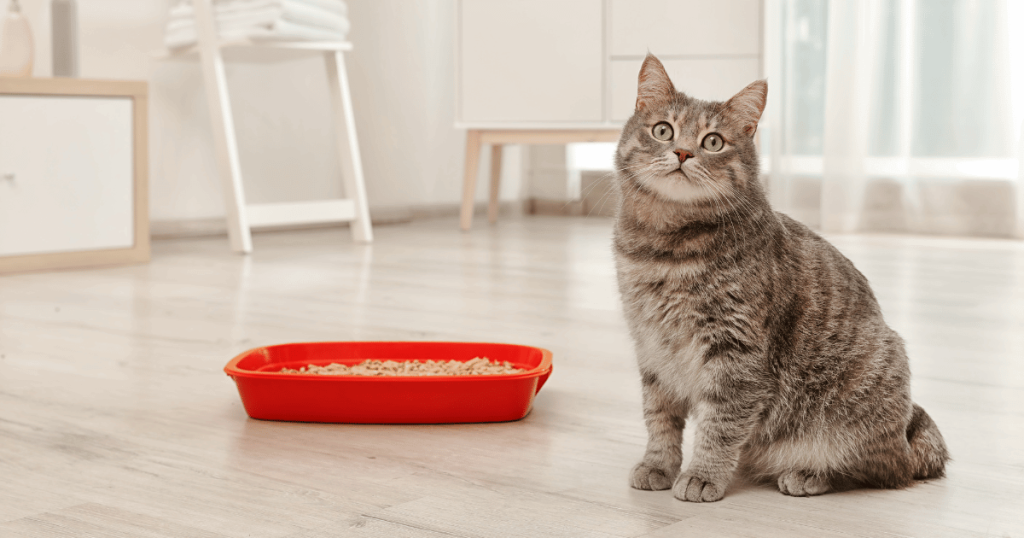
It’s often a trial-and-error process to find out your cat’s preference for litter boxes. Instead of settling on one type right away, experiment with different styles.
Starting with an open box can be a good idea, as it’s generally more accessible and less intimidating for a new cat. Watch how your cat interacts with the litter box to understand their preferences.
Pick the Right Location

Picking the right location for your cat’s litter box is as crucial as choosing the right box itself. It should be placed in a quiet, low-traffic area of your home.
Cats prefer to do their business in a calm and peaceful environment, away from the hustle and bustle of household activities. A secluded corner in a rarely used room can be ideal.
Moreover, it’s important to avoid placing the litter box near loud appliances like washing machines or dishwashers. The noise and vibrations from these devices can startle your cat and make them reluctant to use the box.
Also, steer clear of cramped spaces. Cats don’t like to feel cornered or trapped while using their litter box, so ensure there’s ample space around it for your cat to feel comfortable.
Use Cat-Friendly Litter
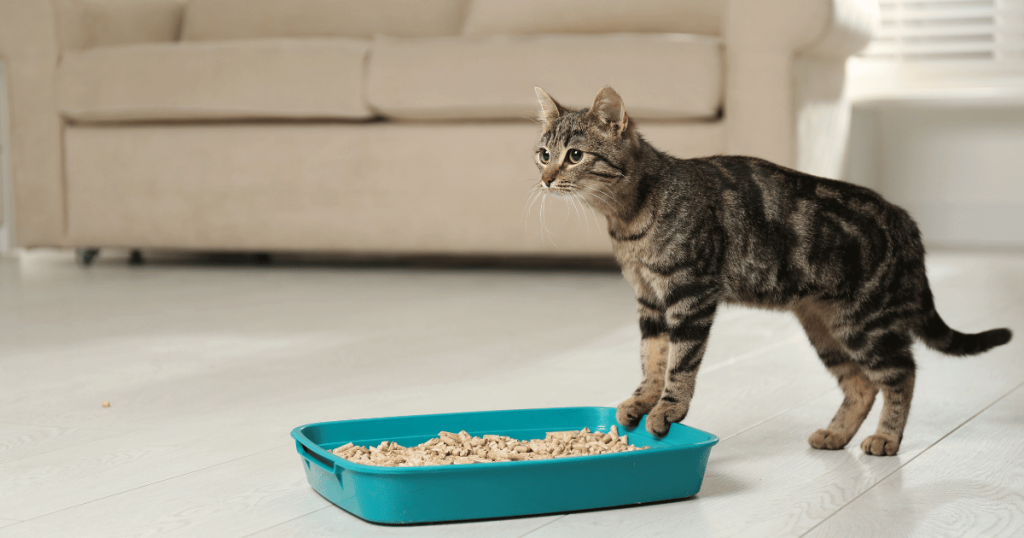
Transitioning to a new home can be challenging for an adopted cat, and the type of litter used plays a crucial role in their comfort. It’s best to choose unscented, fine-grained litter, which is similar to what cats naturally prefer. This type is less likely to irritate their sensitive sense of smell.
Avoid heavily scented litters, as the strong odors can be overwhelming and deter cats from using the box, particularly for those adjusting to new surroundings. If you know what type of litter your cat used previously, starting with that can help make their transition smoother.
When changing litter, mix the new type with the old one gradually. This approach minimizes stress and helps your cat adapt to the new litter without discomfort.
Maintain Cleanliness
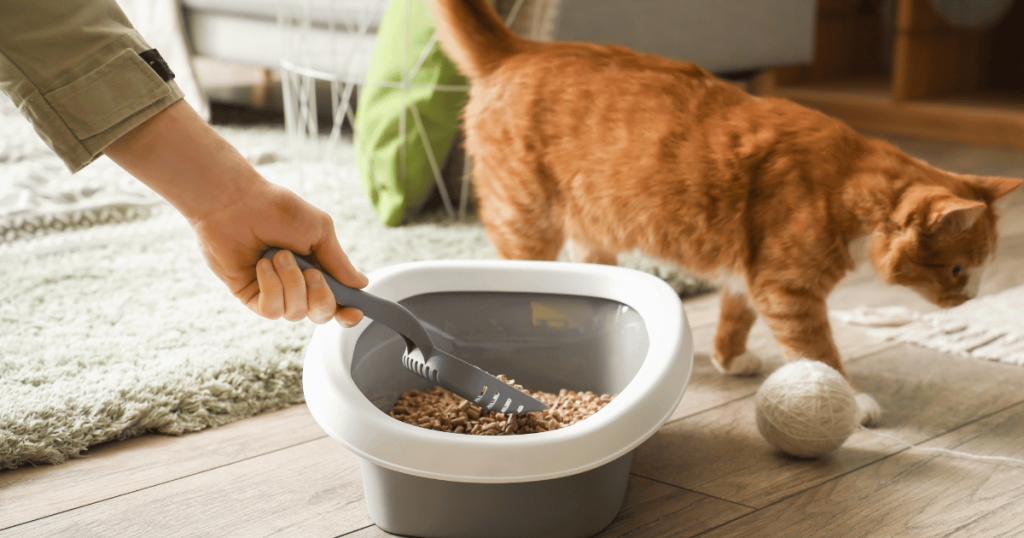
Keeping your adopted cat’s litter box clean is crucial for their comfort and health. It’s important to scoop out waste daily, as a clean box is more appealing and can prevent negative bathroom behaviors. Regular litter replacement is also key.
On average, it’s recommended to completely change the litter at least once a month, though this can vary depending on the type of litter and your cat’s usage.
For adopted cats, especially, a clean and well-maintained litter box can significantly ease their transition to a new home and encourage consistent litter box use. This routine care helps in creating a stress-free environment for your cat.
Introduce Gently
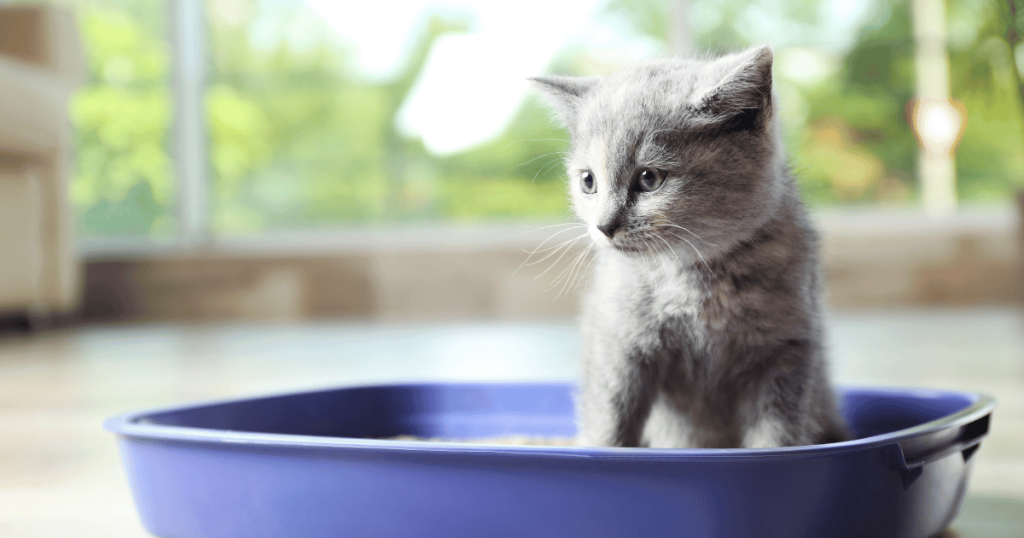
Upon your adopted cat’s arrival, gently introduce them to the litter box. This early introduction helps them understand where it is, which is especially important as they navigate their new surroundings.
However, it’s vital not to force them to stay in the box. Cats naturally prefer to explore and understand their environment at their own pace. Forcing them may create negative associations with the litter box. Instead, allow them to approach and explore the box on their own terms.
This patient approach is particularly beneficial for adopted cats, who may need extra time and reassurance to feel comfortable in their new home.
Limit Access Initially
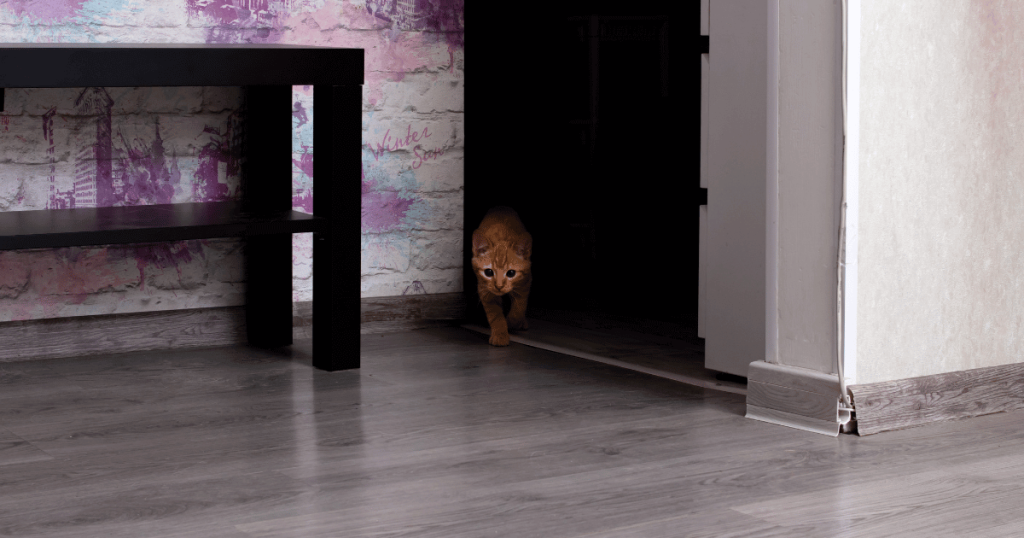
To help your adopted cat adjust to their new home and litter box, it’s wise to initially limit their access to a smaller area, particularly one including the litter box room. This strategy is part of creating a comfortable and familiar environment for your cat, much like choosing the right litter and maintaining cleanliness, as previously discussed.
By confining their initial exploration, you help your cat quickly learn the location of the litter box.
A smaller, controlled area can provide a sense of security, making it easier for them to remember and return to the litter box when needed.
This method not only aids in reinforcing good litter habits but also ensures that your cat feels secure and less anxious in their new surroundings.
Praise and Treats
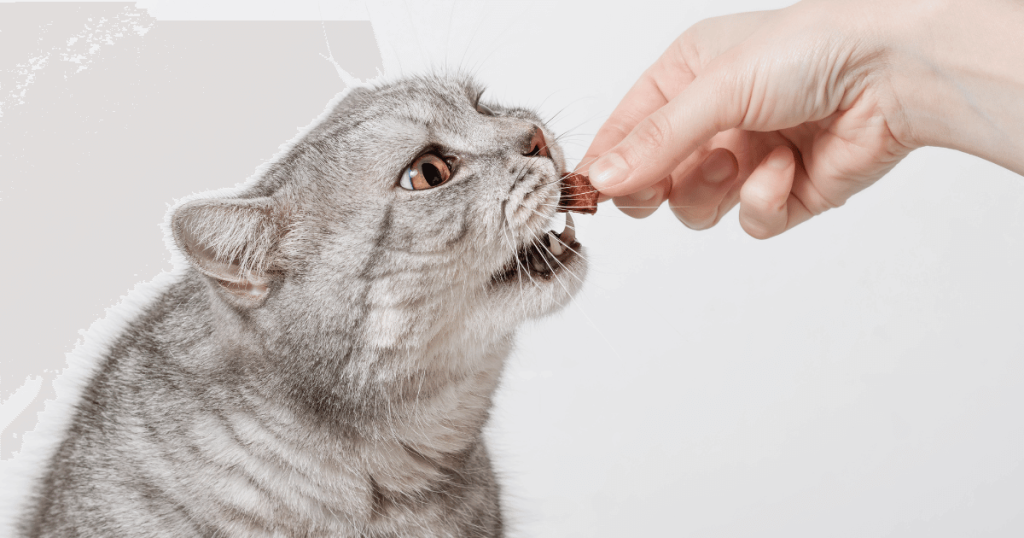
Positive reinforcement is a powerful tool in encouraging your adopted cat to use the litter box correctly. When they successfully use the box, offer them praise and maybe a treat. This positive association helps them understand that they’ve done something good.
It’s a nurturing way to reinforce their good habits, especially important for adopted cats who may need extra encouragement and affirmation in their new environment.
Avoid Punishment
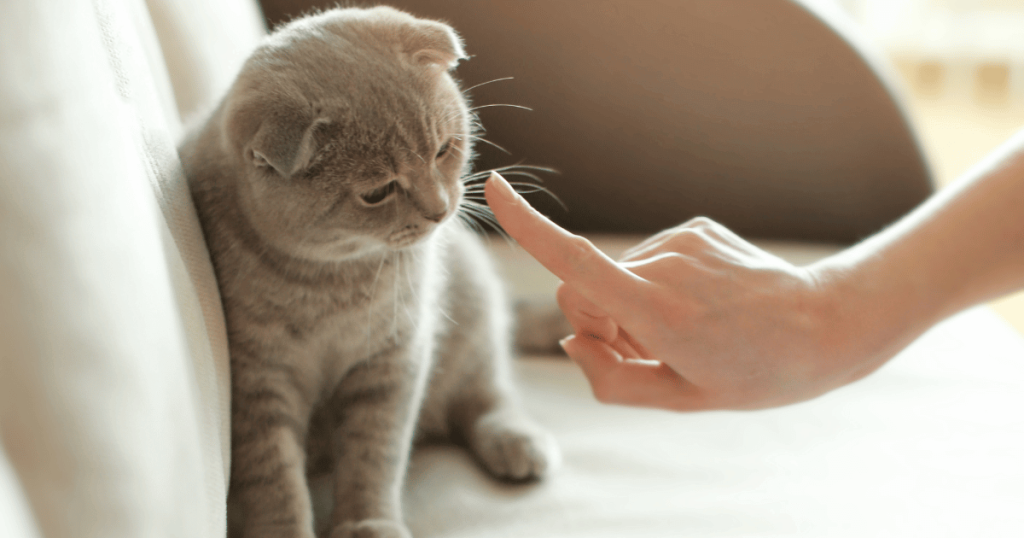
Equally important is to avoid punishing your cat for accidents outside the litter box. Punishment can lead to fear and anxiety, which might worsen the issue. Instead, continue focusing on positive reinforcement.
If accidents happen, it’s often more effective to look for underlying causes, such as stress, discomfort with the litter box, or health issues, rather than resorting to punishment.
This approach is crucial for adopted cats, who need a patient and understanding environment to thrive.
Check for Health Issues

Lastly, it’s crucial to consider the health aspect of your adopted cat’s litter box behavior. If you notice that your cat is consistently avoiding the litter box, it’s important to consult with a veterinarian.
Persistent avoidance can sometimes be a sign of underlying health issues, such as urinary tract infections or other medical concerns.
Having a vet check your cat ensures that any health-related problems are identified and treated promptly. This step is particularly vital for adopted cats, as they might have pre-existing conditions or stress-related issues that you’re unaware of.
Conclusion
In conclusion, we hope this guide provides valuable insights to help your adopted cat adapt to their new litter box. Each cat’s journey is unique, and we’d love to hear about your experience.
Please feel free to share in the comments how long it took for your furry friend to become comfortable with their litter box.
We're an affiliate
We hope you love the products we recommend! Just so you know, gameraround.com is a participant in the Amazon Services LLC Associates Program, an affiliate advertising program designed to provide a means for sites to earn advertising fees by linking to Amazon.com.

